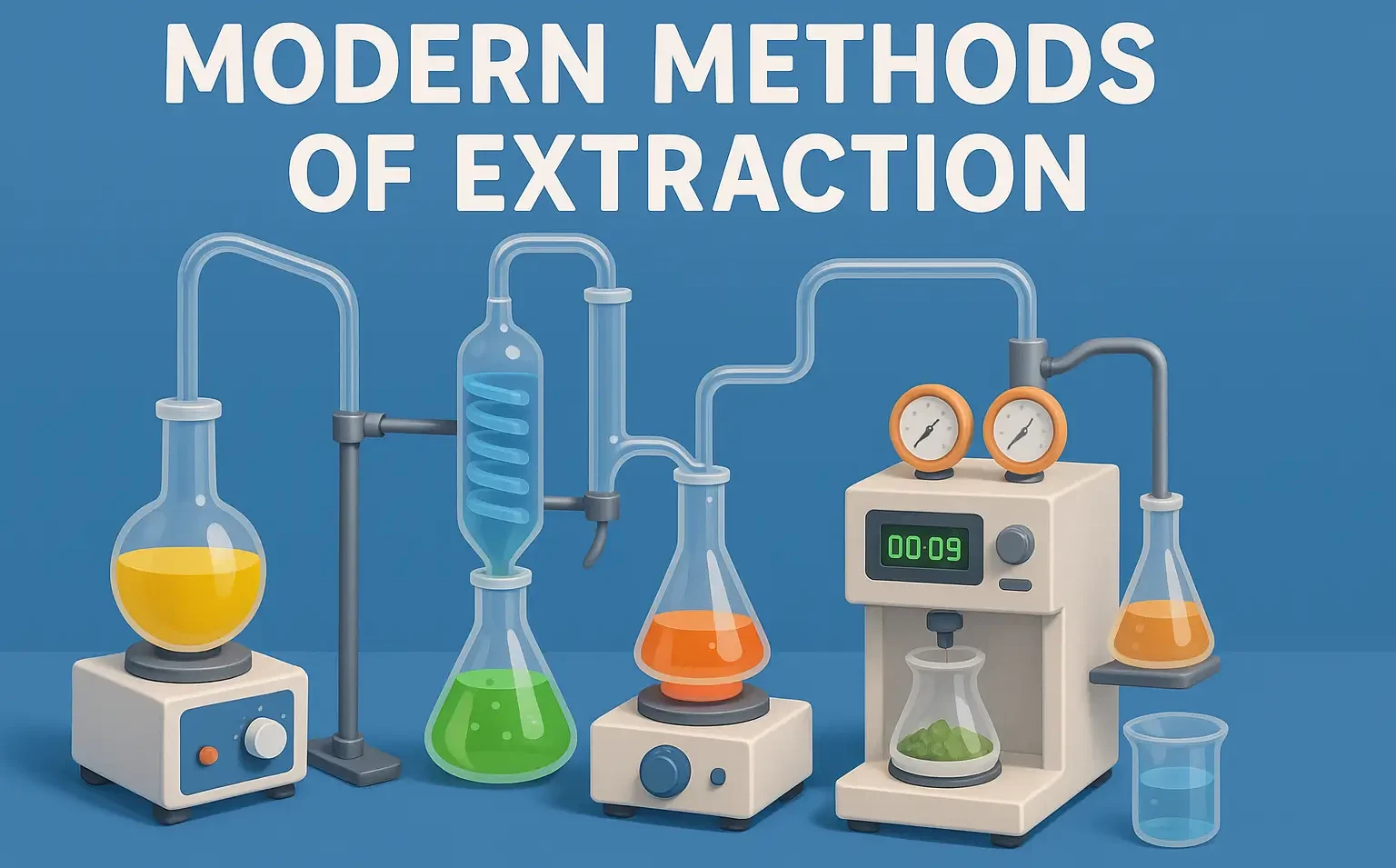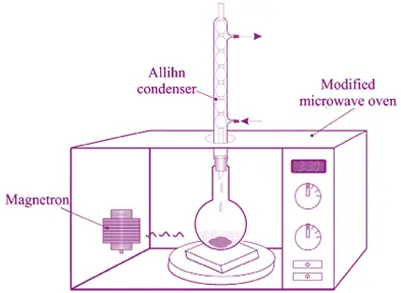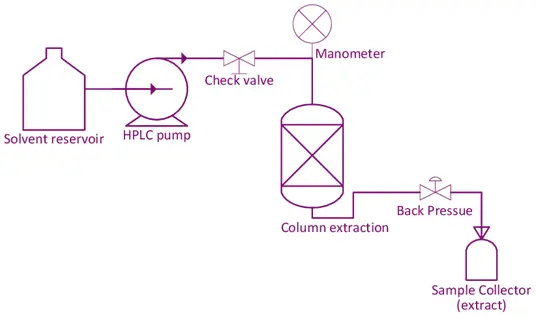- Modern Methods of Extraction is the first crucial step in phytochemical analysis, aiming to isolate bioactive compounds from plant material.
- Modern extraction methods focus on improving efficiency, reducing solvent usage, and preserving compound integrity.
Conventional Extraction Techniques
- Conventional methods have been used for a long time and rely primarily on heat and solvent use to extract bioactive compounds.
- These methods are widely accepted due to their simplicity, but they often require longer extraction times and large amounts of solvents.

-
Maceration
- Maceration is a simple extraction technique where the plant material is soaked in a solvent for a specified period to dissolve bioactive compounds.
Construction & Apparatus:
- A container (glass or stainless-steel vessel) with a wide mouth.
- Solvent (such as ethanol, methanol, or water).
- Filtration apparatus (such as filter paper or a mesh strainer).
Procedure/Working:
- The plant material is finely powdered or cut into small pieces to increase the surface area.
- The material is soaked in an appropriate solvent (like ethanol or water).
- The mixture is kept at room temperature for 1–3 days, stirred occasionally.
- The liquid extract is filtered to separate the solvent from the plant residue.
- The solvent is evaporated to obtain the concentrated extract.
Advantages:
- Simple, cost-effective, and does not require special equipment.
Disadvantages:
- Slow, requires large amounts of solvent, and has low efficiency.
-
Percolation
- Percolation is a continuous process where fresh solvent passes through a column packed with plant material to ensure efficient extraction.
Construction & Apparatus:
- Percolator (a cylindrical vessel with a perforated bottom).
- Solvent (ethanol, methanol, or water).
- Collection flask to gather the extract.
Procedure/Working:
- The finely powdered plant material is moistened with the solvent and placed in a percolator.
- The solvent is added gradually to allow thorough saturation.
- The percolator is kept for 24 hours, allowing the solvent to dissolve the bioactive compounds.
- The extract is collected dropwise from the percolator.
- The extract is concentrated by evaporation.
Advantages:
- Continuous extraction, efficient use of solvent, and faster than maceration.
Disadvantages:
- Requires more apparatus, and solvent selection is crucial.
-
Soxhlet Extraction
- Soxhlet extraction is a more efficient conventional method that uses continuous recycling of the solvent to extract bioactive compounds.
Construction & Apparatus:
- Soxhlet extractor (a glass apparatus with a siphon and thimble holder).
- Round-bottom flask (for holding the solvent).
- Reflux condenser (to condense and recycle solvent).
- Solvent (ethanol, methanol, hexane, etc.).
Procedure/Working:
- The dried plant material is placed inside a thimble in the Soxhlet extractor.
- The solvent is heated in the round-bottom flask to produce vapors.
- The vapors rise and condense in the reflux condenser.
- The condensed solvent continuously percolates through the plant material, extracting bioactive compounds.
- Once the cycle is complete, the solvent is evaporated to concentrate the extract.
Advantages:
- Efficient, extracts more bioactive compounds, and requires less solvent compared to maceration.
Disadvantages:
- High temperature may degrade heat-sensitive compounds, and the process requires a long extraction time.
Modern Extraction Techniques
- Modern methods of extraction are developed to overcome the limitations of conventional methods.
- These techniques enhance efficiency, reduce solvent usage, and ensure better preservation of bioactive compounds.

-
Microwave-Assisted Extraction (MAE)
- This method uses microwave energy to accelerate the extraction process by increasing the temperature and pressure inside the extraction vessel.
Procedure/Working:
- The plant material is placed in a microwave-transparent vessel.
- The solvent (ethanol, water, or acetone) is added to cover the material.
- The system is exposed to microwave radiation, which heats the solvent and breaks the plant cell walls.
- The extract is collected and filtered to separate the solid and liquid phases.
- The solvent is evaporated to obtain the final extract.
Advantages:
- Rapid extraction, energy-efficient, and less solvent consumption.
Disadvantages:
- High heat may degrade sensitive compounds, and specialized equipment is required.
-
Pressurized Liquid Extraction (PLE) (Accelerated Solvent Extraction)
- PLE uses high pressure and temperature to enhance the extraction efficiency while minimizing solvent usage.
Procedure/Working:
- The plant material is loaded into a high-pressure extraction chamber.
- A suitable solvent (ethanol, methanol, or water) is introduced.
- The chamber is heated to 50–200°C and pressurized (10–15 MPa).
- The increased temperature and pressure improve the solubility and diffusion of bioactive compounds.
- The extract is collected and filtered to obtain the final concentrated solution.
Advantages:
- High efficiency, less solvent required, and better compound recovery.
Disadvantages:
- Expensive equipment and requires precise control of pressure and temperature.



